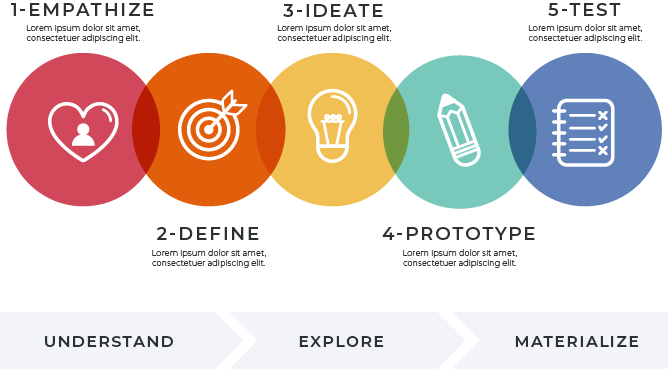Switch up teaching and assessment to combat chatbots | Newswise
Teachers can combat AI by adopting a transformative approach to teaching and assessments. Students with their diorama produced through Design Thinking. Students with a model produced through Design Teaching. It’s the chatbot technology that can write an essay in a second, but despite its vast capabilities, generative AI is creating headaches for education, particularly when it comes to student integrity and cheating.
New research from the University of South Australia
Shows that teachers can combat AI by adopting a transformative approach to teaching and assessments: Design Thinking. Design Thinking is a human-centric and curiosity-driven methodology that can be easily adapted to the classroom. It builds student creativity, critical thinking, and collaboration – skills that cannot easily be replicated by AI – while concurrently enabling teachers to monitor and assess student learning in a formative manner.

Addressing integrity issues posed by generative AI
Lead researcher and UniSA PhD candidate Maria Vieira, says by adopting a Design Thinking approach, teachers can address integrity issues posed by generative AI. “Teachers at all levels of education are challenged by the dilemmas presented by generative AI, with one of the biggest issues being academic honesty and authenticity,” Vieira says.
Design Thinking requires students to work through several phases of learning: empathy, definition, ideation, prototyping, testing, and evaluation, with each step requiring a specific outcome, an opportunity for feedback, and importantly, a touchpoint for prompt feedback and formative assessment.
During the Design Thinking process, students have the opportunity to navigate ambiguity, develop empathy, recognize failure as part of the learning process, and collaborate – all skills that are essential for the 21st century,” Vieira says.

Design Thinking can lead to a multitude of different creative outputs, including prototypes, mind maps, and presentations, and enables assessment both at the individual level (through evidence of research or self-reflection pieces) and group levels (based on output produced).
What is Design Thinking? (And What Are The 5 Stages Associated ...
While Design Thinking may not be the only solution for the future of education, it is undoubtedly a successful strategy that can be readily adopted across K-12 education systems to address some of the most pressing challenges associated with AI and global digitalization.
To learn more about Design Thinking, teachers can access a free online course presented by Maria Vieira and offered through the Education Futures Academy.




















